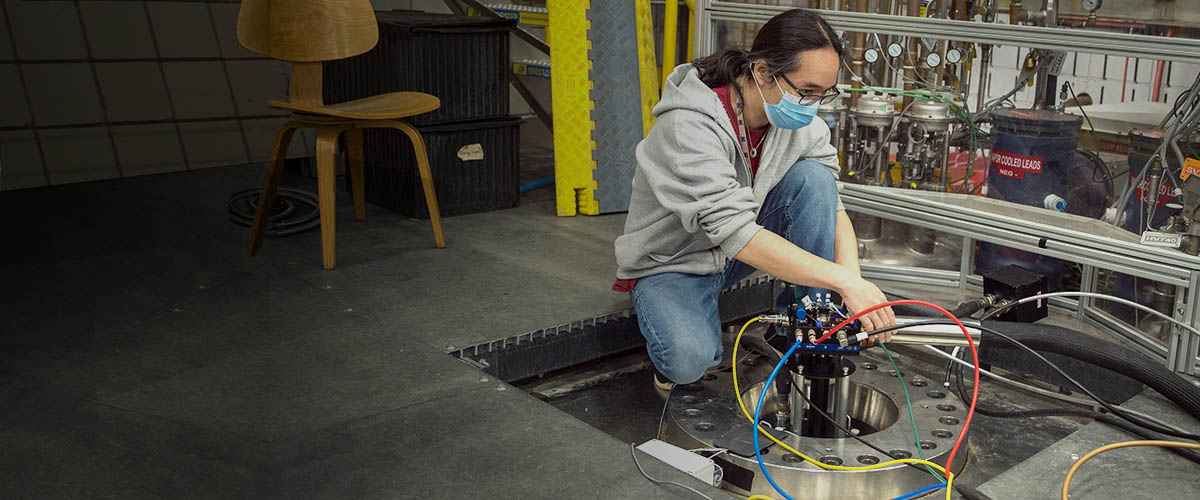
NMR/MRI techniques are the focus of two facilities with unique instruments and techniques.
NMR - MRI/S techniques and instruments are available at two different MagLab facilities in Florida: The NMR-MRI/S Facility at MagLab headquarters near Florida State University in Tallahassee and the Advanced Magnetic Resonance Imaging and Spectroscopy Facility (AMRIS) housed within the McKnight Brain Institute at the University of Florida in Gainesville.
Working in tandem, these facilities combine unique magnets, equipment and expert scientific support with advanced capabilities for technique and instrumentation development. About 24 spectrometers and scanners are available for use with an array of solid state, solution state, MRI/S (animal and human), MR microscopy and diffusion capabilities and techniques.
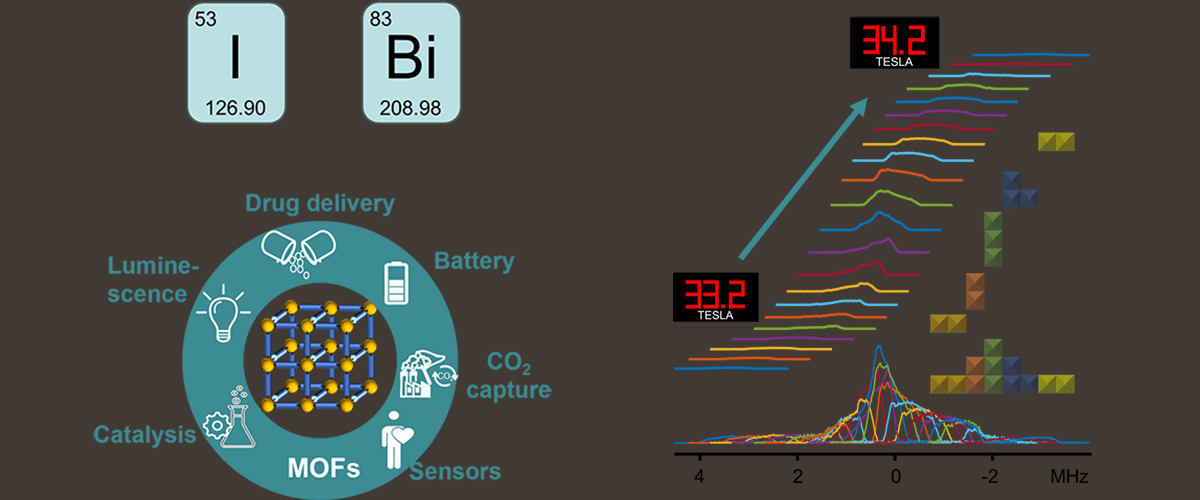
Zhang, W.; Xu, Y.; Venkatesh, A.; Hung, I.; Li, S.; Gan, Z.; Huang, Y., Journal of the American Chemical Society, 147 (13), 10823–10828 (2025)
Read the Science Highlight or check out the full publication online.
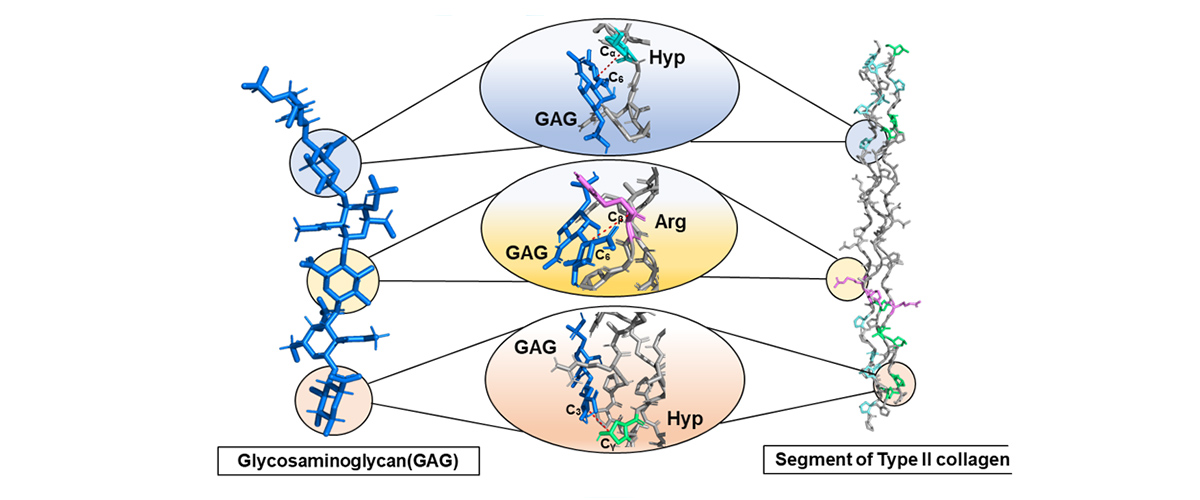
Dwivedi, N.; Patra, B.; Mentink-Vigier, F.; Wi, S.; Sinha, N., Journal of the American Chemical Society (2024).
Read the Science Highlight or check out the full publication online.
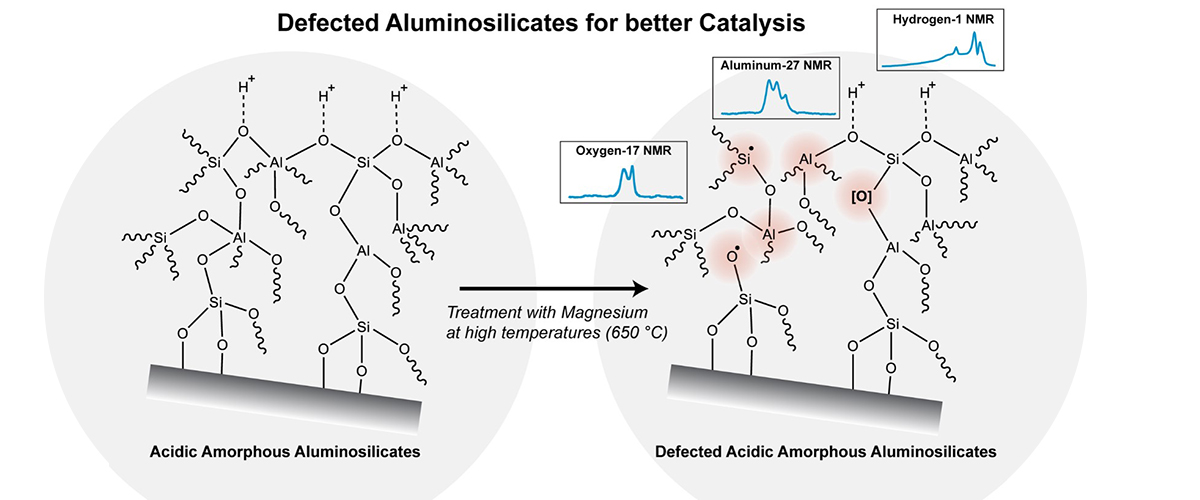
Verma, R.; Singhvi, C.; Venkatesh, A.; Polshettiwar, V., Nature Communications, 15 (1), 6899 (2024)
Read the Science Highlight or check out the full publication online.
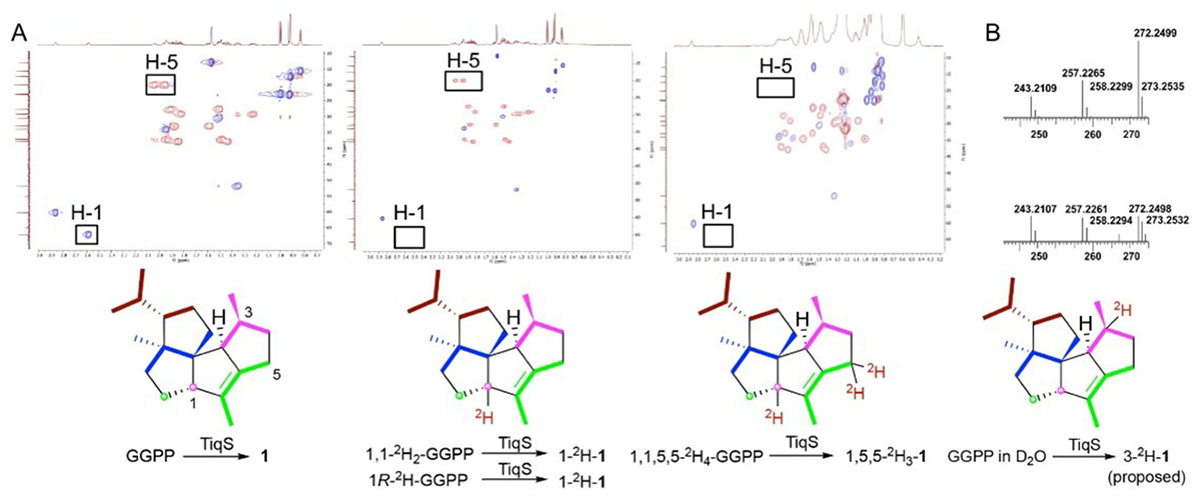
Wei, X.; DeSnoo, W.; Li, Z.; Ning, W.; Kong, W.; Nafie, J.; Tantillo, D.J.; Rudolf, J.D., Journal of the American Chemical Society, 147 (19), 16293-16300 (2025).
Read the Science Highlight or check out the full publication online.
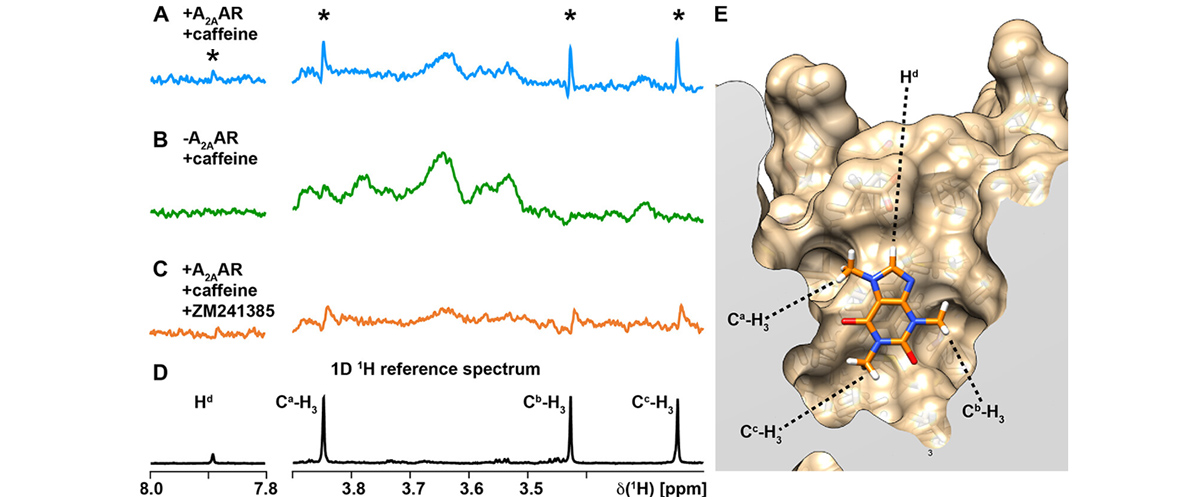
Petracco, E.; Ferré, G.; Kabelka, I.; Ballante, F.; Carlsson, J.; Mulry, E.; Ray, A.P.; Collins, J.H.; Allais, F.; Eddy, M.T., ACS Chemical Biology, 20 (2), 401-411 (2025)
Read the Science Highlight or check out the full publication online.
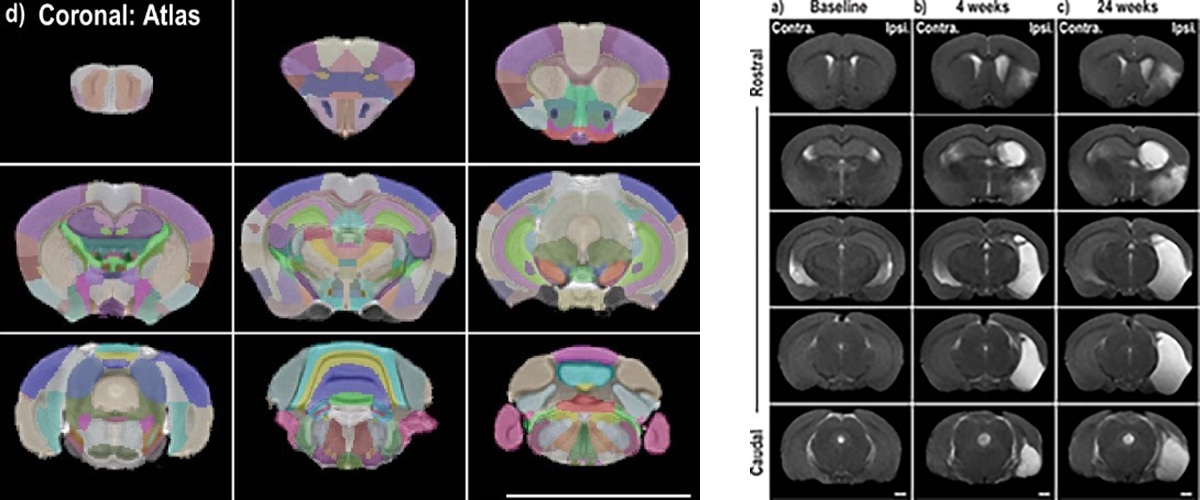
Kidd, B.M.; Varholick, J.A.; Tuyn, D.M.; Kamat, P.K.; Simon, Z.D.; Liu, L.; Mekler, M.P.; Pompilus, M.; Bubenik, J.L.; Davenport, M.L.; Carter, H.A.; Grudny, M.M.; Barbazuk, W.B.; Doré, S.; Febo, M.; Candelario-Jalil, E.; Maden, M.; Swanson, M.S., Nature Partner Journals (npj) Regenerative Medicine, - 9 (- 1) (2024)
Read the Science Highlight or check out the full publication online.
Our magnets are open to all scientists - for free - via a competitive process and we accept proposals through out the year.

After your work is completed, you are asked to report to the laboratory, in a timely manner.
Note: Please review the MagLab User Policies and Procedures before submitting your proposal and experiment or contact NMR-MRI/S Facility Director Robert Schurko or AMRIS Facility Director Joanna Long.
Facility Director: Robert Schurko
For information about NMR facilities, capabilities, and scheduling.
Scientific Instrumentation: Bill Brey or Peter Gor'kov
For information regarding instrumentation, measurements and facilities.
Solid State NMR: Zhehong Gan, Ivan Hung, Sungsool Wi
For information about solid state NMR capabilities, facilities, and scheduling.
Solution NMR: Ashley Blue
For information about solution NMR capabilities, instrumentation, and scheduling.
Dynamic Nuclear Polarization: Fred Mentink
For information regarding DNP capabilities, instruments and scheduling.
MRI/S: Sam Grant, and Malathy Elumalai
For information regarding magnetic resonance imaging capabilities and instruments.
Sr.Administrative Specialist: Kim Mozolic
For information regarding travel, safety training and scheduling.
Facility Director: Joanna Long
Information regarding AMRIS facilities and capabilities.
Associate Director: Matthew Merritt
Information regarding AMRIS facilities, instrumentation, and measurements.
Office Manager: Kaley Ali
Information regarding facility access, travel, safety training, billing, scheduling, and addresses for shipping samples.
Research/Outreach Coordinator: Eli Wolf
Information regarding outreach, grants, and user proposals.
NMR Spectroscopy: James Collins
Information regarding spectroscopy instrumentation, facilities, and scheduling.
11T/7T Preclinical MRIs: Huadong Zeng
Information regarding MRI facilities, 11T systems, 7T systems, and safety.
3T Manager: Jens Rosenberg
Information regarding 3T systems and 3T protocols.
3T/Clinical MRI Technologist/Safety Coordinator: Tammy Nicholson
Information regarding 3T systems and safety.